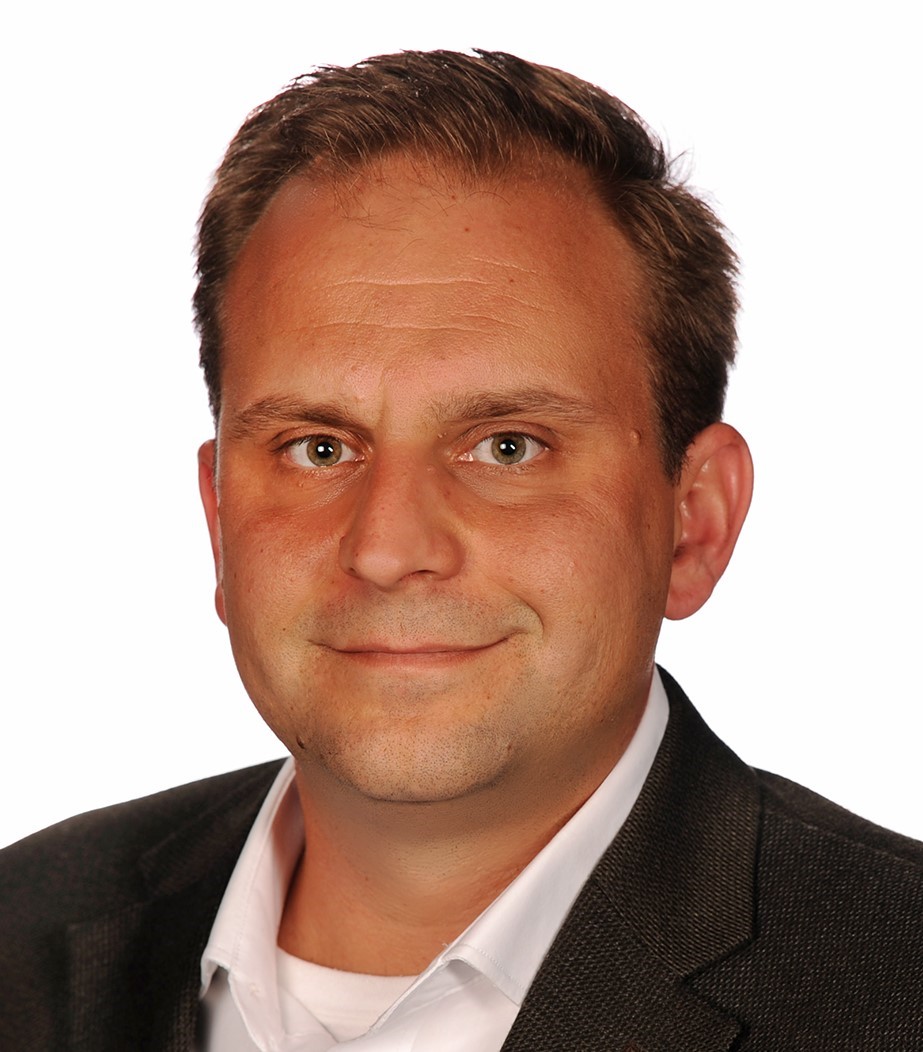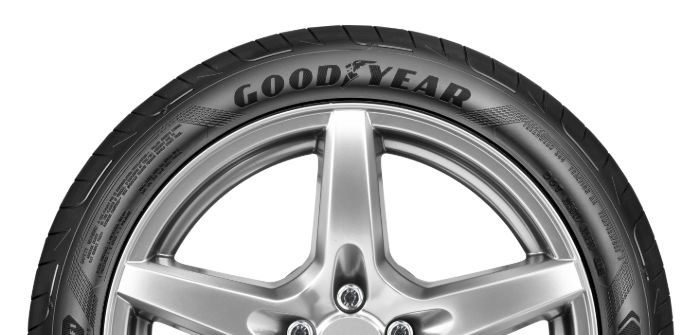ATTI speaks to Robert Woloszynek, Goodyear Tire & Rubber Company’s chief engineer of global raw material development and approvals, and global reinforcement technology, about the demands and difficulties of tire materials R&D.
What was your career path to the position you hold now?
I started as a senior research chemist in Goodyear’s Polymer Science and Technology group in May 2007, immediately after completing my PhD studies. I was tasked with developing new polymer technologies to support Goodyear’s tire business and chemical non-tire business. During this time, I was able to learn process engineering and get an idea of all that goes into scaling a chemistry to full production volumes. It gave me perspective on the challenges my other colleagues face in their roles.
This period of my career also included the beginning of my involvement in helping develop Goodyear’s soybean oil technology, which we have leveraged to provide performance benefits in four premium consumer tire products.
After a few years in polymer development, I took an assignment in our Applied Compounding group. I think of the compound development team as the ‘internal customer’, as it takes the various material technologies I spent the early part of my career working on and develops new compound formulations. In 2018, I moved back to the Polymer Science and Technology group in the role of chief engineer. The experience I gained in the applied function enabled me to combine my material development background with an understanding of the challenges our scientists and engineers closer to our tire products face. As of November 2020, I am the chief engineer of Goodyear’s global raw material development and approvals and global reinforcement technology teams.
 What does a typical day involve?
What does a typical day involve?
‘A typical day’ has varied depending on my role. In the early part of my career, my work was very focused and technical in nature. In R&D, one day’s results will dictate the next day’s plans, and you learn quickly that you have to be agile to keep a project on track. The teams I’ve led are involved in not only developing multiple technologies, but also performing fundamental research experiments to gain understanding of material impacts on compound and, subsequently, tire performance.
How many different projects might you be working on at any one time?
The number of active projects being worked on at one time varies, depending on the specific function within our organization. Fundamental projects typically start off broad and then become more focused as we learn more. If early experiments are set up to gain understanding of the underlying fundamental science, an appropriate solution will eventually become obvious.
What’s the team structure?
The Polymer Science and Technology team in Akron is made up of two separate groups to support material development for the overall Global Material Science organization. The team dynamic is much like a graduate school research group, with traditional lab work being a major focus, and there are multiple development programs at varying stages of maturity going on at the same time. When a polymer technology shows promise, the team begins collaboration with the other group. Engineers serve as a bridge to plant personnel, and they are responsible for finding ways to take my team’s technology to the plant.
What are the best and worst parts of your job?
The people at Goodyear are some of the best I have come across – the dynamic is a lot like a family where everyone is looking out for you and willing to help in any way. Aside from the great people, the best part
of my job has been the opportunity to take on many different roles throughout R&D. I have been able to make contributions in both fundamental and applied research projects, and these efforts have impacted some of our great tire products. It’s very satisfying to take a development project from concept all the way through commercialization, and be able to go into a store and buy a tire that has a material technology I helped deliver. Our recent success implementing soybean oil technology in multiple premium products has been especially gratifying.
What elements of your role do you find most challenging?
The biggest challenge my colleagues and I face is that there is always a new challenge. In our tire plants, the saying is ‘There is no finish line’, and I believe that is true in all aspects of R&D. We are constantly innovating so we can continue to deliver the products our customers demand. It’s a tremendous challenge to meet these ever-increasing performance demands. Developing a new material technology is more than just delivering improved performance. We need to also optimize cost, manufacturing capability, complexity and countless other details.
How do you expect your job role to evolve as tire technology develops for the next generation of vehicles?
Goodyear is aggressively working to address challenges of future mobility trends, and because of that, my role continues to evolve. My colleagues and I have the difficult task of delivering the incremental improvements that have been a constant in the industry for decades, along with finding that next material breakthrough that’s required to meet the demands of the next generation of vehicles. We are already working on technologies that go ‘beyond tires’ so that we can remain an innovation leader in the industry even as mobility trends change.
EDITOR’S NOTE: This article was first published in Tire Technology International November 2020 – one of the world’s biggest magazine’s dedicated to tire technology and implementation. Supported by the world’s leading tire testing, development and materials manufacturers and service providers, the magazine highlights the latest trends, developments and technological advancements in tire manufacturing and engineering.


